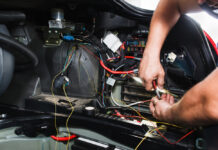Brakes are the most important parts of a car. As it is much more important that a car decelerates in a controlled manner than that it drives. Without a functioning brake system, operating a vehicle is life-threatening to yourself and others. A jerking or fluttering steering wheel during braking is thus a strong warning signal. This must not be ignored under any circumstances, but immediate action should be taken. Read this article to find out what causes this defect and how to remedy it.
What happens when you braking?
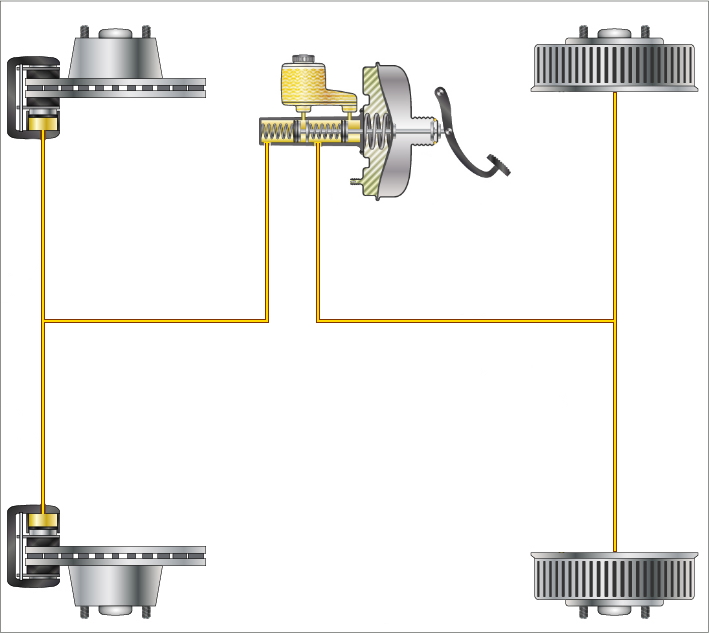 Every modern vehicle is equipped with a hydraulic dual-circuit brake system. When the brake pedal is pressed, the pressure force in the brake booster is increased and passed on to the brake pads. These move together and press on the brake discs located behind the wheels.
Every modern vehicle is equipped with a hydraulic dual-circuit brake system. When the brake pedal is pressed, the pressure force in the brake booster is increased and passed on to the brake pads. These move together and press on the brake discs located behind the wheels.
The effect of a brake system is distributed approx. 67% to the front axle and 33% to the rear axle. This prevents locking rear wheels from causing the vehicle to swerve. Functions such as ABS or ESP further increase safety when braking.
In the best case, the braking process is very comfortable and does not interfere with the normal driving experience. This makes it even more noticeable if something is wrong with the braking system.
Brake flutter: The usual suspects
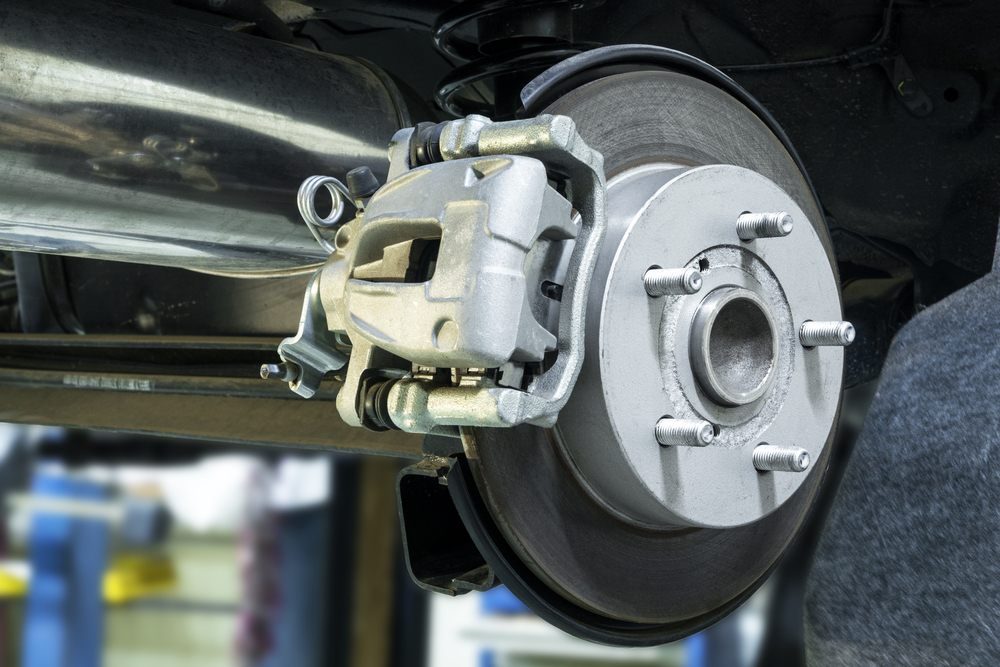 Brake flutter occurs in varying degrees. It starts with a slightly perceptible jerking or only audible dragging.
Brake flutter occurs in varying degrees. It starts with a slightly perceptible jerking or only audible dragging.
In the worst case, the steering wheel can hardly be held during braking. Depending on how this defect manifests itself, the causes can be narrowed down.
|
The following symptoms may occur with brake flutter: – audible scraping noise – slight deflection of the steering wheel – wide deflection of the steering wheel – loud buzzing with noticeable rattling – unilateral rattling that soon changes to bilateral rattling |
Worn brake pads
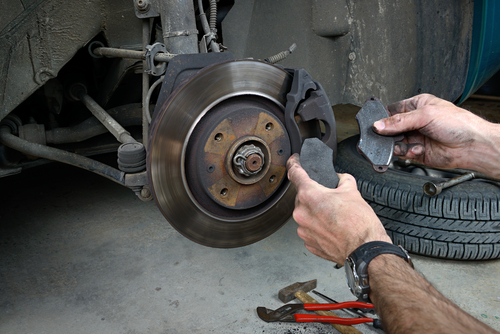 If you hear a grinding noise, it is most likely that the brake pads are worn out. Then the backing plate is rubbing against the brake disc. The car should be taken to the nearest workshop by the shortest route but at slow speed. There, at least the pads should be replaced.
If you hear a grinding noise, it is most likely that the brake pads are worn out. Then the backing plate is rubbing against the brake disc. The car should be taken to the nearest workshop by the shortest route but at slow speed. There, at least the pads should be replaced.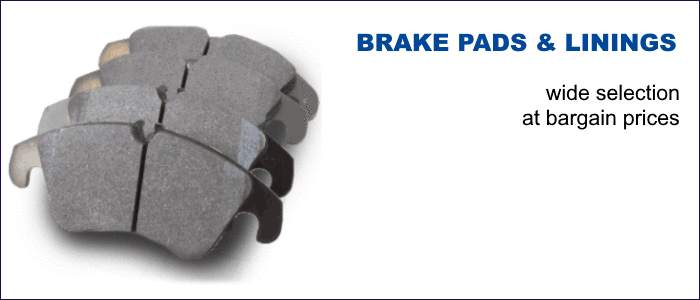 With this type of damage, however, the brake disc is usually already affected. So, it is also ready to be replaced.
With this type of damage, however, the brake disc is usually already affected. So, it is also ready to be replaced.
Warped brake disc
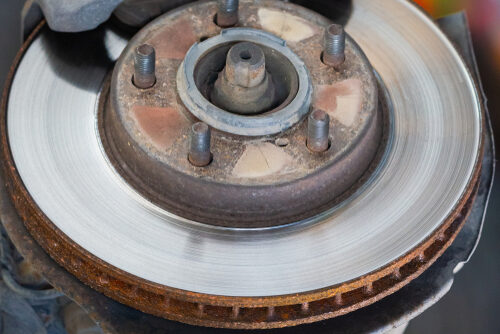 If the steering wheel flutters only slightly, the brake disc is probably wavy. This happens when overheating. If you only use the brakes when driving downhill, this causes the brake discs to glow.
If the steering wheel flutters only slightly, the brake disc is probably wavy. This happens when overheating. If you only use the brakes when driving downhill, this causes the brake discs to glow.
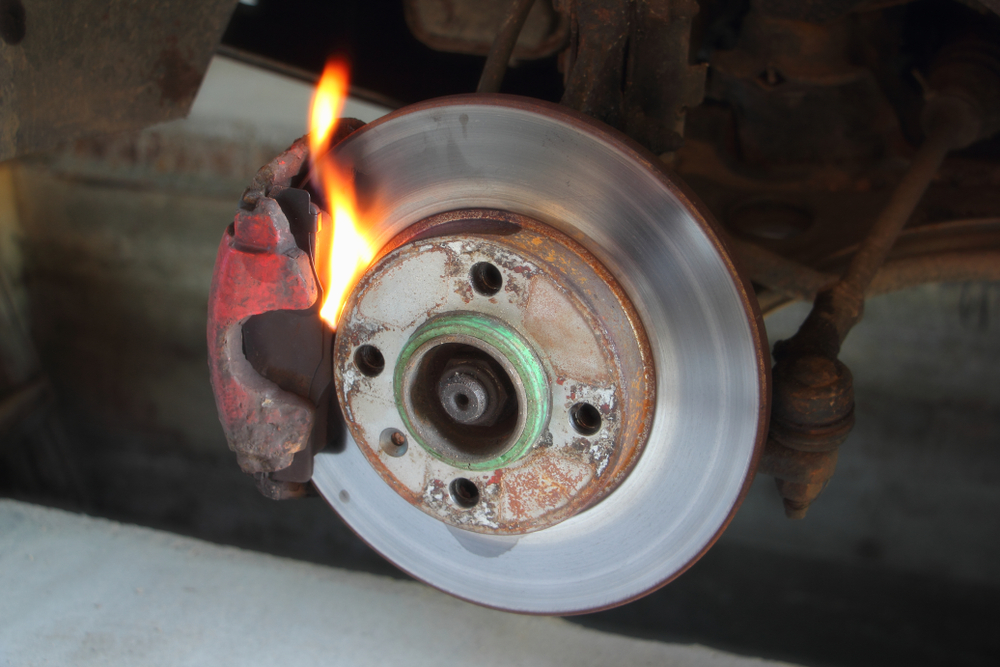 At a certain temperature, the disc changes from the still harmless red-hot to white-hot. Then it becomes soft and deforms more and more with every step on the brake. This is why you should always use the engine brake when going downhill. To do this, shift down the gears until the car maintains a controllable speed.
At a certain temperature, the disc changes from the still harmless red-hot to white-hot. Then it becomes soft and deforms more and more with every step on the brake. This is why you should always use the engine brake when going downhill. To do this, shift down the gears until the car maintains a controllable speed.
Even if the engine whines, as long as the permissible speed is not exceeded, there is no danger. Once the brake disc has become wavy, it should be replaced. Since the deformation generates a lot of heat, you should check the entire wheel area for damage.
Tyres, hoses, and plastic parts in particular may be affected by a glowing brake disc.
Steering flutter: fault on the wheel itself
If the steering wheel can hardly be held when braking, there is usually a fault with the wheel. The simplest cause is loose wheel bolts. The car is parked in a controlled manner and the warning lights are switched on.
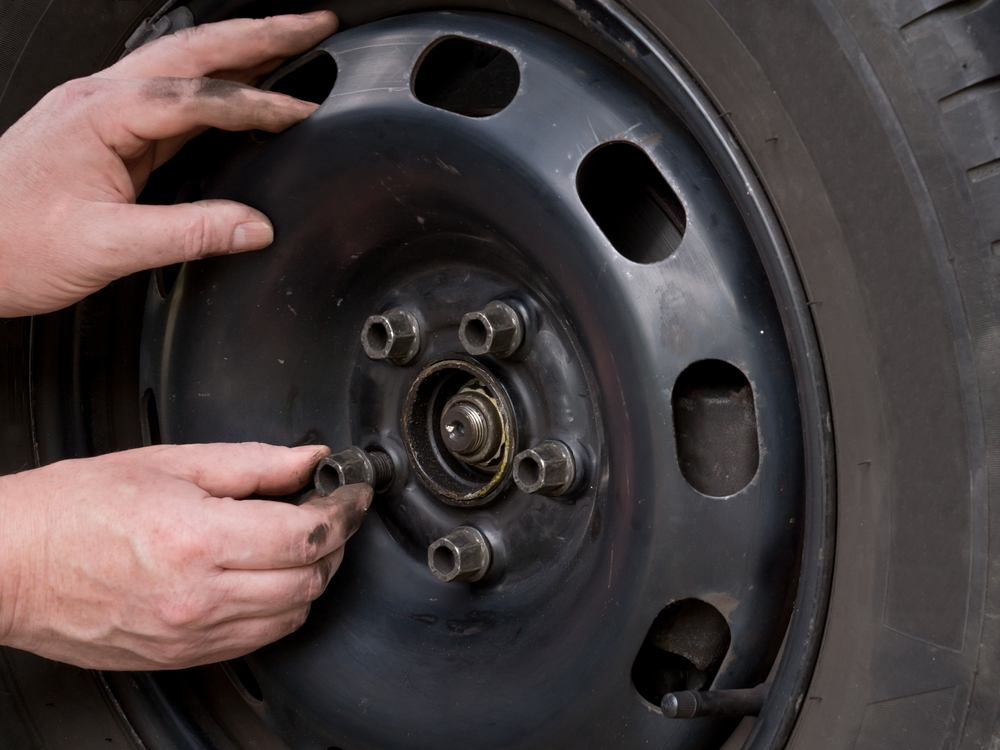
Now check the wheels. If the wheel bolts can be unscrewed by hand, the cause is found. 
![]() But be careful! Such a fault can only have two causes: Unprofessional mounting or wilful intent! Unless you have mounted the wheels yourself and used a torque spanner, you should notify the criminal investigation department!
But be careful! Such a fault can only have two causes: Unprofessional mounting or wilful intent! Unless you have mounted the wheels yourself and used a torque spanner, you should notify the criminal investigation department!
| Severe brake flutter may also have the following causes: – defective shock absorber – defective steering linkage – broken coil spring – low tyre pressure – blistering of the tyre |
In any case, a vehicle with this defect belongs in a workshop immediately. If the damage is very serious, you should call a breakdown lorry.
Steering flutters due to sensor error
A vehicle is only steerable when the wheels on its steering axle are turning. As soon as they lock, the vehicle only slides straight ahead. On black ice or on slippery leaves, this may lead to a dangerous driving situation. The driver desperately pushes the brakes and tries to avoid an obstacle. The vehicle, however, continues unwaveringly towards it until the collision.
This is why the anti-lock braking system was developed over 40 years ago.
The ABS serves to keep a vehicle steerable during emergency braking. For this, the automatic anti-lock braking system releases the brake pressure at short intervals and allows the wheels to turn a little further. The car remains steerable and the driver can avoid an obstacle even during emergency braking.
The ABS consists of a small steel ring and a sensor.
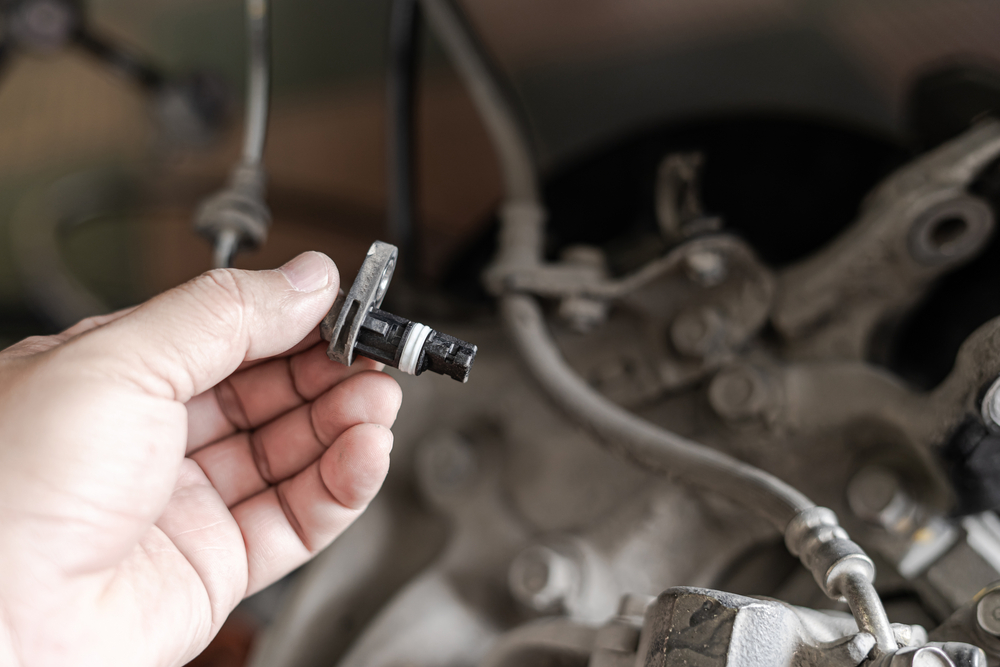
- The steel ring has either holes or teeth.
- It is attached to the drive shaft.
- As long as the sensor registers a changing magnetic field from the steel ring, the control unit knows that the wheel is turning.
- But as soon as the signal remains the same, the control unit thinks the wheel is blocked – and triggers the stutter brake. Then the ABS hits the wheel every time the brakes are applied.
- In most cases, the cause is a rusted ABS ring.
- In rarer cases, the sensor itself is affected. However, both defects can be repaired quickly and inexpensively.
Worn brake discs
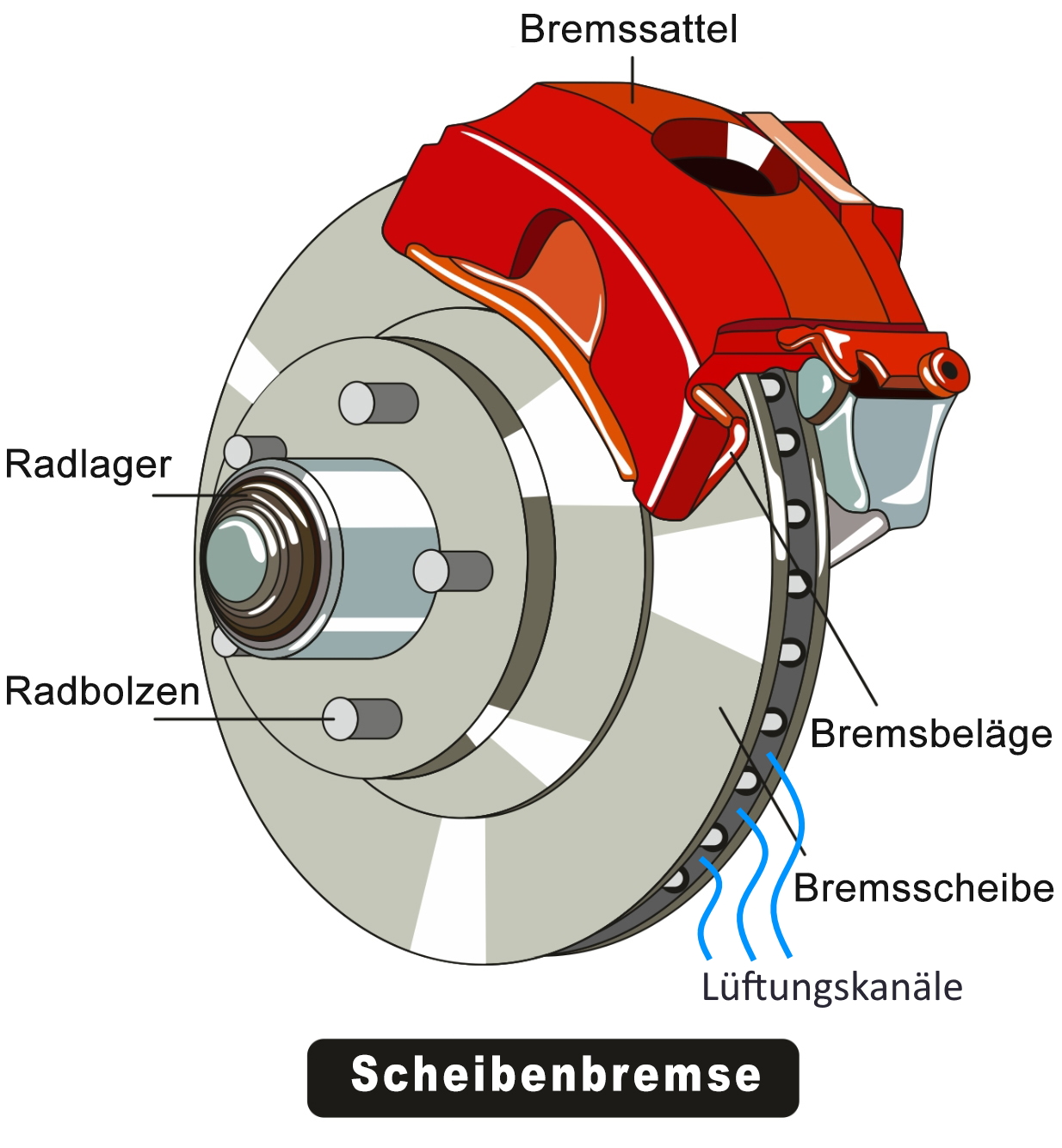 Modern brake discs are complex structures.
Modern brake discs are complex structures.
- They have a double-walled structure.
- There are ventilation channels in their centre. While driving, the brake disc constantly sucks in ambient air and blows it out through these channels.
- As a result, it cools down again quickly with every braking operation.
- Cooled brake discs have a better braking effect and a longer service life. Their tendency to build up waves is much lower than of non-cooled brake discs.
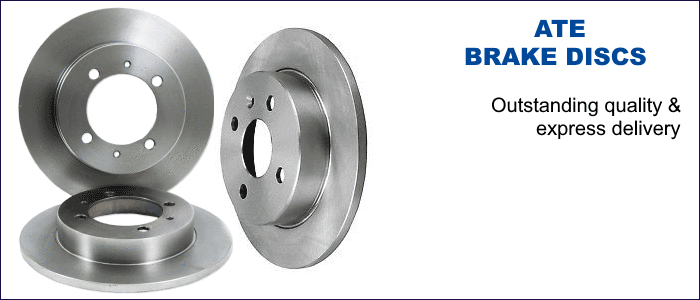
However, when the outer layers of the disc are completely worn out, the ridges of the cooling channels become visible. Then these ridges scrape over the brake pads, which make themselves noticeable by a loud rattling noise.
This defect is quite rare in the UK. Normally, a worn brake disc is noticed well in advance so that it can be replaced in time. In such case, only an immediate replacement of pads and discs will help.
Not a case to put off
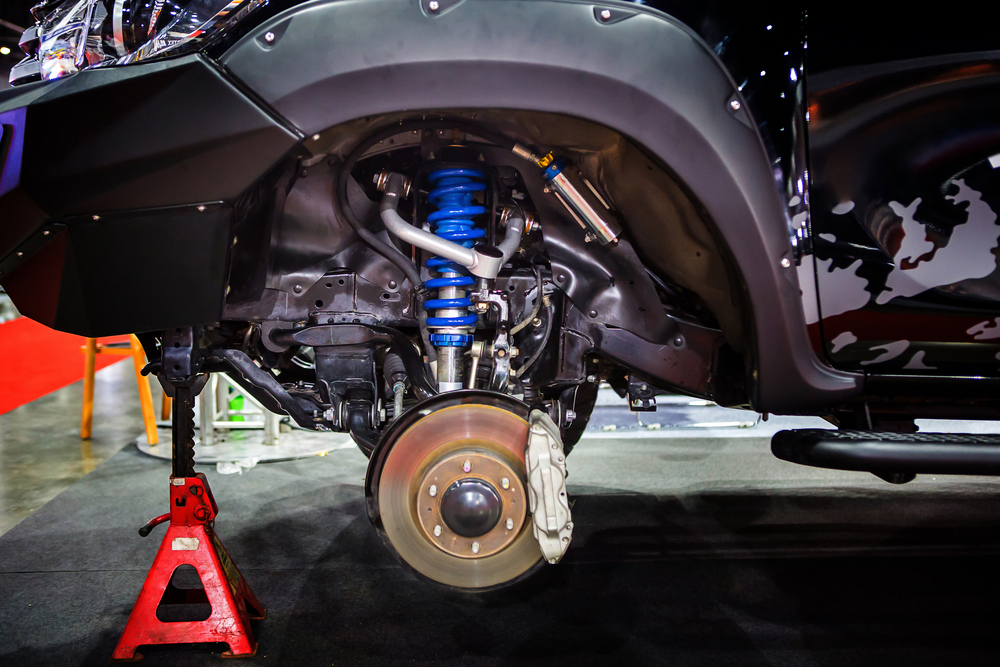
No matter what the cause of brake flutter is, you must never ignore this defect. A slight rattle can quickly turn into a total brake failure. This may lead to life-threatening situations.
The best way to prevent it is to have the brake system inspected regularly. An ideal time for this is when the seasonal tyres are changed.
When summer or winter tyres are fitted, the brake system is exposed and can be easily inspected. Most repairs can be done quickly. This is the best way to get through the whole year without rattling and fluttering when braking.
Foto: iopatuca, ilmarinfoto, NONGASIMO, thieury / shutterstock.com

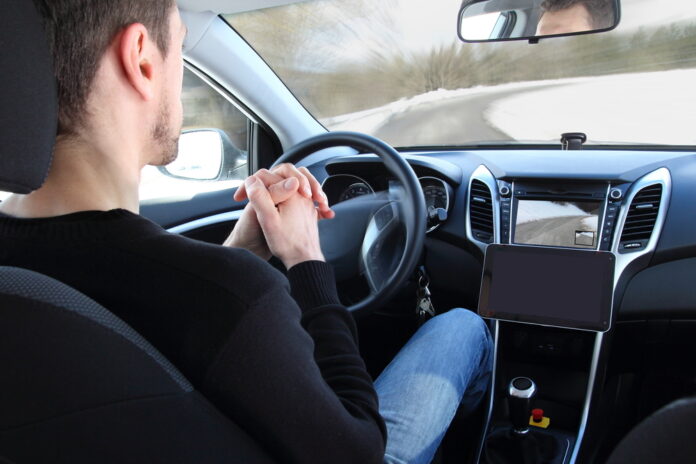

 (29 votes, average: 4.59 out of 5)
(29 votes, average: 4.59 out of 5)

